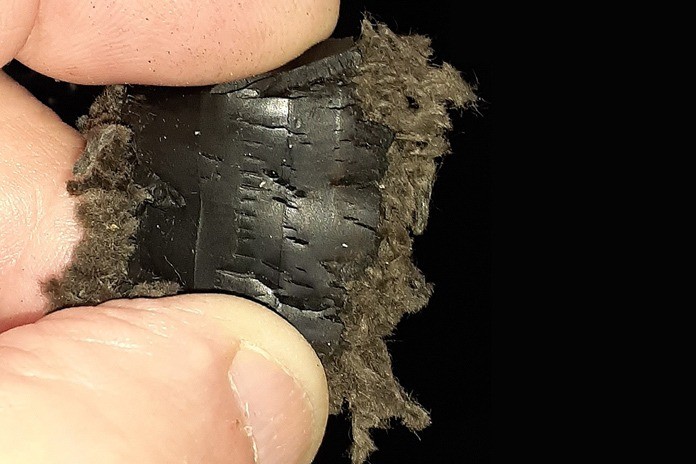Like it or not, ethanol-laced fuel is here to stay. Ethanol is added to gasoline, usually in a 10% blend, to reduce demand for oil-derived fuel and to introduce oxygenates (hydrocarbons that contain one or more oxygen atoms) that lower exhaust emissions via a cleaner burn. In this Tech Tips installment, we’ll discuss the effects of fuel types on your fuel hoses and clamps.
Related: Tech Tips: Motorcycle Oil – A Slippery Subject
Computer-controlled fuel-injection systems automatically adjust to the nature of this fuel based on sensor readings, and these systems also have appropriate hardware for the safe use of ethanol fuels, even those with higher percentages like E15 and E85.
However, the fuel lines and other rubber components in older carbureted (and mechanically injected) machines have problems galore with oxygenated fuels. These modern fuels are chemically aggressive and will attack the rubber compounds historically used in fuel hoses, O-rings, and accelerator-pump diaphragms. They swell, harden, crack, and will ultimately fail.
Ethanol fuel suffers phase separation as it sits, winding up as layers of gas, alcohol, and water. This causes corroded alloys and rusted metals in older bikes. Oxygenated fuels don’t store well either, often becoming stale and unusable after several weeks.

The SAE standard for rubber “fuel conveying hoses” is J30. The sub-categories under this standard are R-rated, beginning decades ago with R2. The R9 grade was the first to support carrying bio-enhanced fuels and fuel injection. SAE J30 R9 fuel hose is designed to work with modern ethanol fuels, with its inner layers resistant to chemical attack, swelling, and permeation by gasoline.
Clamps can be another area of confusion. Fuel-injected engines typically use purpose-built metal fittings because of the high pressures involved with EFI and because they employ rubber line with PTFE (Teflon) inner layers, which are impervious to ethanol but too slippery for clamps.
Related: Tech Tips: Synthetic Oil – A Slippery Subject, Part 2
The clamps used on carburetors and petcocks, on the other hand, simply have metal nipples that require clamps to retain the hoses. Typically, OEM clamps are often ditched in favor of slotted screw-type clamps, but these don’t apply uniform tension to the entire circumference of the hoses and can damage them. A later variation, usually labeled “fuel injection clamp” (for mechanical injection systems), has a smooth band and overlaps as it is tightened. Better, but still not ideal.
The so-called “pinch” clamp, which requires a special tool to crimp it and remove it, is the best of the type but still comes up short of a perfect solution for carbureted motorcycles. The problem with these clamps is that cold temperatures make hoses contract and cause clamps to loosen. They can also cut into hoses when subjected to hot temperatures and as the hose ages and sets.
The best type of clamp is the spring clamp, or “constant tension” clamp, which retains uniform pressure under variable conditions. They require proper matching of the clamp size to the hose, but once installed, they will stay leak-free and won’t damage the hose. Available in wire and band designs, the reusable clamps can be installed and removed with pliers or a special-purpose tool.


















